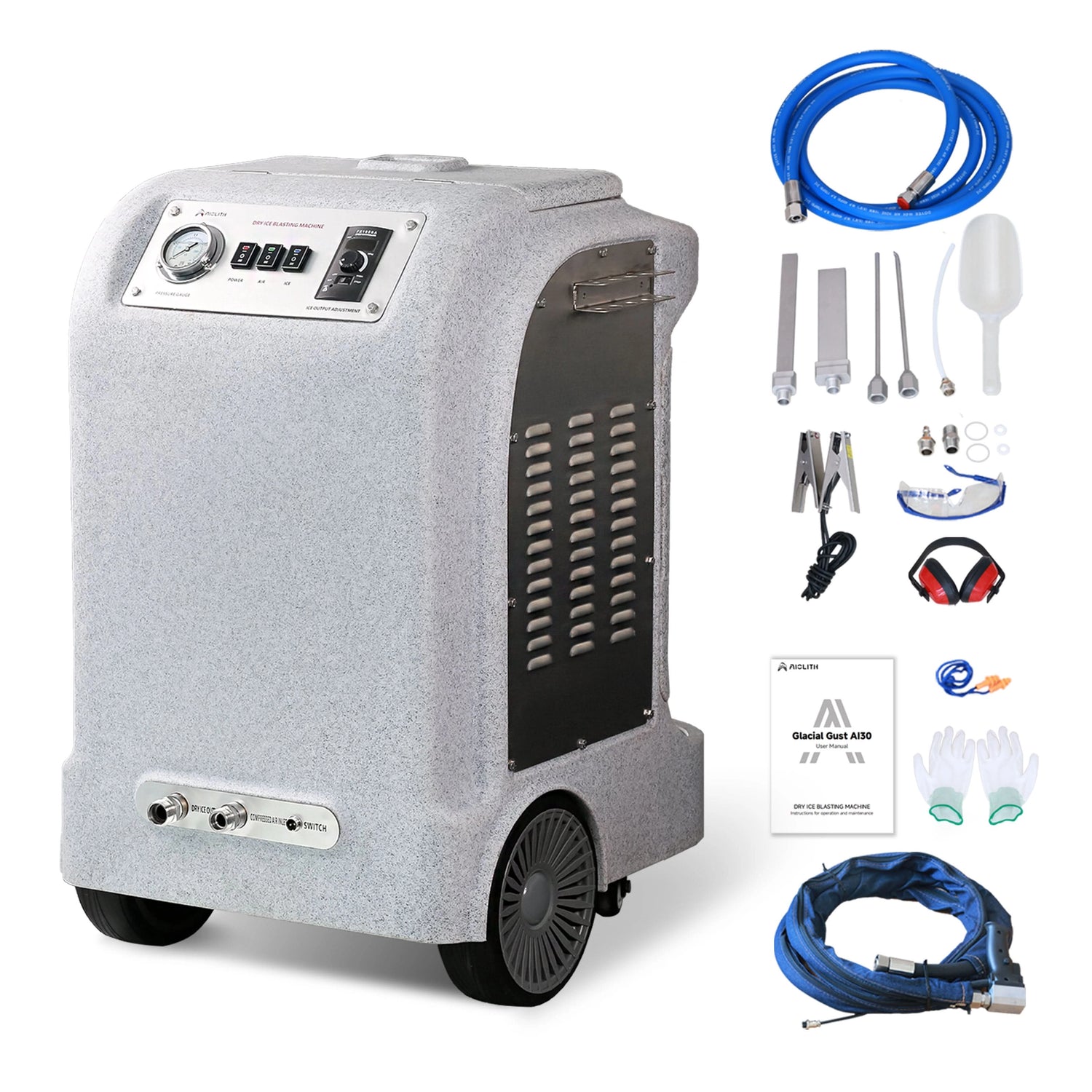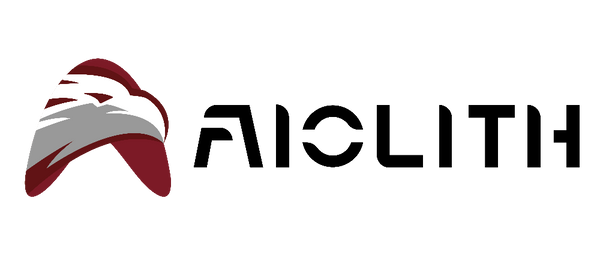7 Smart Ways on How to Dry Floors After Scrubbing – Why Aiolith Floor Scrubbers Solve the Biggest Problem of Wet and Slippery Floors
Share
Wet Floors After Scrubbing Create Safety Hazards
Anyone who has scrubbed floors knows the frustration—the floor is clean, but it stays wet and slippery for hours. This not only delays reopening spaces but also creates serious slip-and-fall risks. According to the Health and Safety Executive (HSE, 2020), wet floors are one of the leading causes of workplace accidents worldwide (HSE Source).
Traditional methods like towels, fans, or waiting for air-drying take time and are often inefficient. This is why many businesses rely on Aiolith floor scrubbers, which clean and dry floors in one pass.
7 Smart Methods to Dry Floors After Scrubbing
1. Use a Wet/Dry Vacuum
These vacuums can quickly suck up excess water after scrubbing. They’re efficient for small spaces but not practical for large facilities.
2. Absorb with Microfiber Mops or Towels
Microfiber absorbs water better than cotton and reduces streaks. However, it requires manual effort and doesn’t scale well in commercial environments.
3. Increase Ventilation and Airflow
Open windows, turn on fans, or use air movers. This helps speed up drying but still takes time, especially on cold or humid days.
4. Apply a Squeegee System
Floor squeegees push water toward drains. Effective in industrial areas but less practical for offices or schools without proper drainage.
5. Use Dehumidifiers in Enclosed Spaces
Dehumidifiers reduce moisture levels, which accelerates floor drying. They work best in areas with poor ventilation.
6. Time-Based Air Drying
Simply leaving floors to dry naturally is the least efficient method. It may take hours, during which the area remains hazardous.
7. Invest in Aiolith Floor Scrubbers
The most effective method for commercial cleaning. Aiolith scrubbers combine powerful scrubbing, water recovery, and drying in one step, leaving floors safe to walk on within minutes.
Why Aiolith Floor Scrubbers Are the Best Solution
Unlike traditional methods, Aiolith scrubbers don’t just clean—they extract dirty water and leave a nearly dry surface immediately. This eliminates the waiting time and dramatically reduces slip hazards.
Benefits include:
-
Built-in water recovery systems that collect and separate dirty water.
-
Consistent drying performance, even on large surfaces.
-
Versatility across multiple floor types including tile, vinyl, sealed hardwood, and concrete.
-
Labor efficiency, reducing the time staff spend drying manually.
The Centers for Disease Control and Prevention (CDC, 2020) recommends using mechanized cleaning systems in public and healthcare environments to reduce contamination and improve safety (CDC Source).
Comparison Table: Drying Floors After Scrubbing
| Method | Advantages | Limitations |
|---|---|---|
| Wet/Dry Vacuum | Quickly removes water | No scrubbing or polishing |
| Microfiber Towels/Mops | Absorbent, inexpensive | Labor-intensive, slow |
| Ventilation/Fans | Eco-friendly, improves air circulation | Weather-dependent, takes time |
| Floor Squeegee | Effective for industrial drains | Not suitable for all environments |
| Dehumidifier | Works well in enclosed spaces | Expensive for large areas |
| Natural Air Drying | No equipment required | Slowest and least safe method |
| Aiolith Floor Scrubber | Cleans, extracts, and dries in one step | Higher initial cost, best for commercial use |
Best Practices to Ensure Fast and Safe Drying
- Always remove excess water immediately—standing water damages floors and increases hazards.
- Use ventilation and fans to reduce drying time when scrubbers are not available.
- In commercial settings, rely on Aiolith scrubbers to ensure safe and efficient drying.
- Place “Wet Floor” signs until the area is completely dry.
- For enclosed areas, consider dehumidifiers to control moisture.
FAQs: Drying Floors After Scrubbing
Q1: Why do my floors take so long to dry after scrubbing?
A: Excess water left behind by manual cleaning tools delays drying. Aiolith scrubbers fix this by recovering dirty water instantly.
Q2: Can fans completely dry a freshly scrubbed floor?
A: Yes, but it may take hours, depending on humidity and airflow.
Q3: Are Aiolith scrubbers safe for wooden floors?
A: Yes, when used with the correct pads and settings, they’re safe for sealed hardwood.
Q4: Do professionals use mops or scrubbers?
A: Most professionals prefer scrubbers, as they clean and dry in one pass, unlike mops which leave water behind.
Q5: How can I prevent slip accidents while waiting for floors to dry?
A: Use wet floor signs, improve airflow, and minimize foot traffic until the area is safe.
Conclusion: The Smart Way to Dry Floors After Scrubbing
Drying floors properly is just as important as scrubbing them. While fans, vacuums, and towels can help in small areas, Aiolith commercial floor scrubbers provide the fastest, safest, and most effective solution.
By combining cleaning and drying into one seamless step, Aiolith machines not only save time but also reduce risks, improve hygiene, and enhance efficiency—making them the ultimate choice for commercial and high-traffic environments.
References
Health and Safety Executive (HSE). (2020). Preventing slips and trips at work. Read here.
Centers for Disease Control and Prevention (CDC). (2020). Environmental cleaning and disinfection guidelines. Read here.

